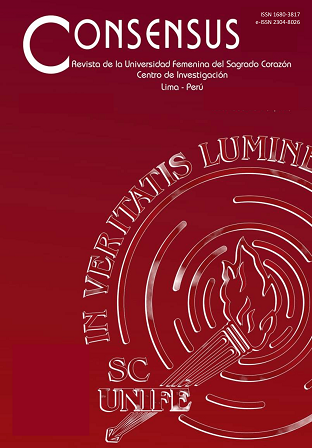From the television to the extended television after Marshall Mcluhan
DOI:
https://doi.org/10.33539/consensus.2016.v21n1.981Keywords:
Marshall McLuhan, television, Media ecology, extended televisiónAbstract
This text is composed of 4 sections. In the first one, I recovered the emotive speech made by Wilbur
Schramm about the first television broadcasting carried out on January 26th 1926 by John Logie Baird
in order to support the relevance of the term “Age of television”. The television is actually considered as
the emblematic media in the “Age of electricity”. In the second section, I studied the thesis developed by
Marshall McLuhan about the so-called “shy giant”. At the beginning of 1960s, the television captivated
Marshall McLuhan. From a particular ecumenical perspective, the Canadian researcher believed that
the television would restore the sensitive balance, thus favoring the transition to the “global village”. As
the years went by, his optimism about the television started to vanish, and McLuhan adopted a more
critical position, similar to Neil Postman’s, against the television. In the third section, I stood out that
McLuhan anticipated the media convergence; then, I explained his Tetrada and pointed out the way
Bob Logan (2010) used it to make an analysis of the television and the cable television. Finally, in the
fourth section, I recovered the Tetrada from McLuhan to study some of the most interesting modalities
of extended television: Youtube, Netflix and Internet Protocol Television (IPTV).








